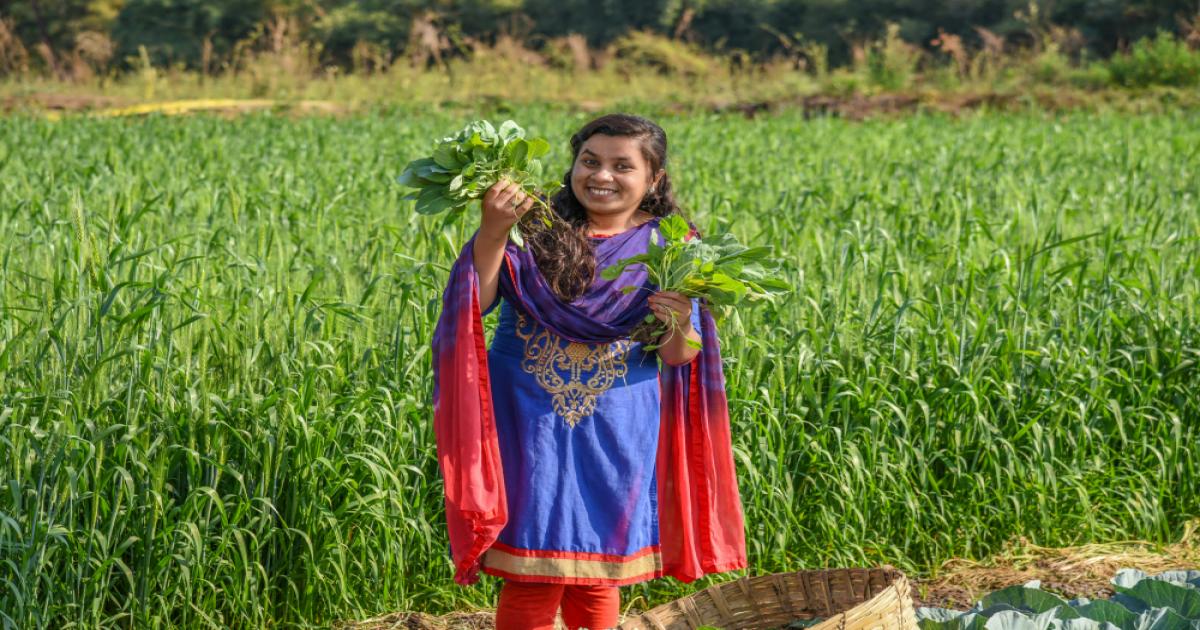
In today’s era, both men and women contribute equally to driving the economy forward. Maharashtra leads the way, where rural women make the highest contributions to agriculture. The Union Minister of Agriculture and Farmers Welfare, Shri Radha Mohan Singh, emphasized that women have the potential to lead India toward a second Green Revolution. He added that if provided with opportunities and resources, women can transform the landscape of development.
The Ministry of Agriculture and Farmers Welfare decided to celebrate October 15th every year as National Women Farmers Day. This initiative was inspired by the United Nations' International Day of Rural Women, which also falls on October 15th. Today, all agricultural universities, institutes, and KVKs across the country are celebrating National Women Farmers Day. Shri Singh remarked that in the current scenario, the role of women in combating climate change and managing natural resources cannot be overlooked. Women play a multifaceted role in agriculture, from social and economic contributions to managing agricultural production and workers on their land.
According to the Food and Agriculture Organization (FAO), women contribute around 32% to Indian agriculture, and in some states, their contribution to agriculture and the rural economy exceeds that of men. Nearly 48% of employment in agriculture involves women, and approximately 75 million women contribute significantly to milk production and livestock management.
To strengthen women’s participation in agriculture and allied sectors, and to improve their access to land, credit, and other facilities, the Ministry of Agriculture and Farmers Welfare has implemented policy provisions under the National Farmer Policy, such as joint land leases for both domestic and agricultural land. The ministry is also promoting women’s empowerment by expanding their access to new technologies and other agricultural resources.
Recognizing the critical role of women in agriculture, the ministry established the ICAR-Central Institute for Women in Agriculture (CIWA) in Bhubaneswar, Odisha, in 1996. This institute focuses on various aspects related to women in agriculture. Over 100 institutions under the Indian Council of Agricultural Research (ICAR) have developed technologies to reduce the challenges faced by women and empower them. The country also has 680 Krishi Vigyan Kendras (KVKs), each equipped with a Home Science Wing. Between 2016 and 2017, 21 women-centric technologies were evaluated, and 2.56 lakh women were trained in agriculture-related areas such as sewing, manufacturing, value addition, rural handicrafts, animal husbandry, beekeeping, poultry farming, and fisheries. Moreover, at least 30% of funds under various schemes/programs and development activities are being earmarked for women.
Several schemes, initiatives, and policies have been introduced by the government to empower women farmers and provide them with financial support: